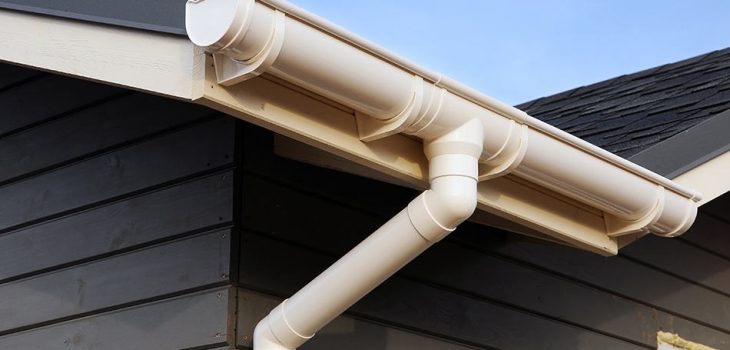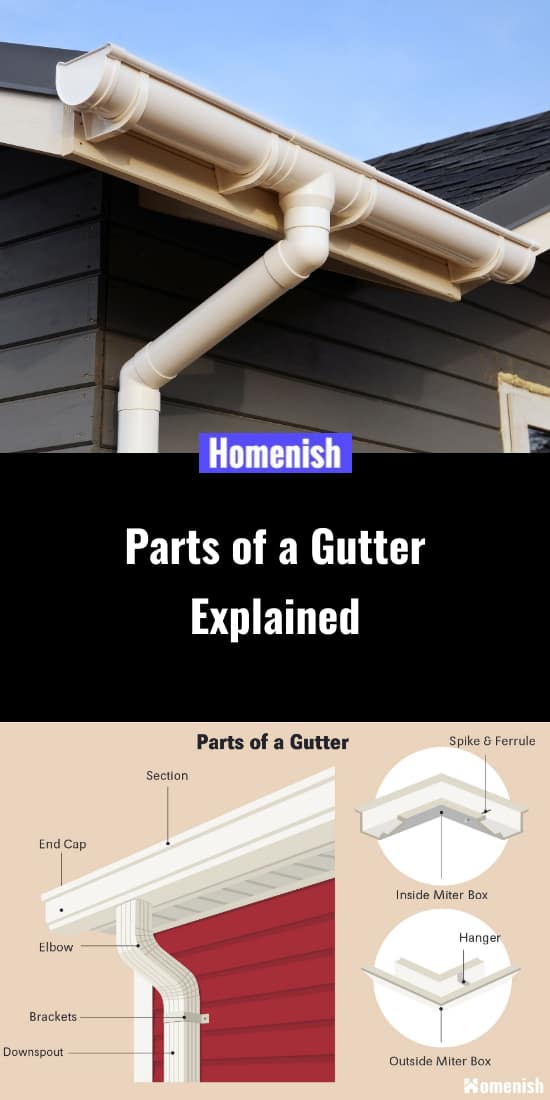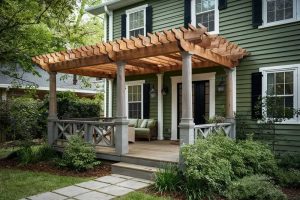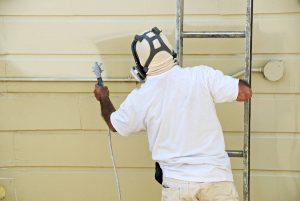Like many other homeowners, you may have wondered whether a gutter system is even necessary for your home. After all, gutters tend to attract nesting birds, are prone to debris and clogging, and can eventually break or warp. If you live in a warm climate with almost no rain throughout the year, then you may not require a gutter system. But most homes do need adequate gutters to collect the rainwater and protect their structure.
Having a better understanding of the gutter parts and how gutters function, your home’s foundation will be protected in the long term.
Why Are Gutters Important?
– A functional gutter system diverts the rainwater away from the house. Without gutters, the rain will penetrate into the side of the house and into the foundation. It can also flood your basement or erode landscaping around the house.
– Your gutter system prevents water damage to the roof, which can eventually rot or deteriorate the shingles or masonry.
– Without an adequate gutter system, moisture can build up in windows and create condensation or damage the interior walls.
– Gutters prevent soil erosion, which is the cause of cracked exterior walls and settling foundation.
Gutter Parts (Anatomy of a Gutter)
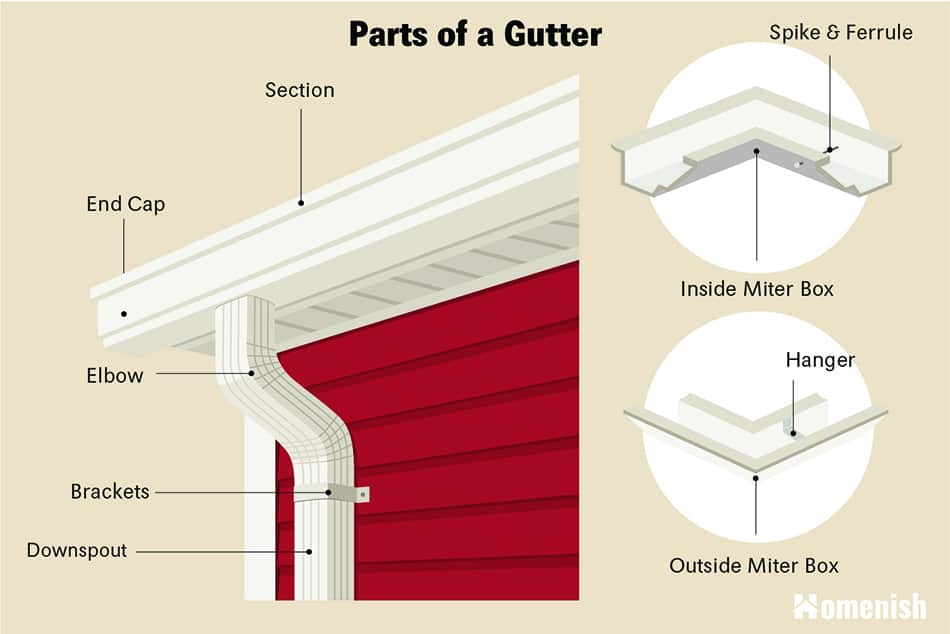
Gutter section: this is the gutter itself that is usually between 5 and 10 feet in length. The gutter section is attached to the home and the rainwater runs through its sections.
Downpipes: these downpipes are connected to the gutters and run along the roof’s entire length. Their job is to take the rainwater down the side of the house and out into the drainage. Downpipes are almost always found attached at the corner of the property.
Elbow: this is the bent piece of pipe located at the end of the downpipe to redivert the rainwater. An alternative place elbows can be found is at the top of the downpipe where the gutter opening is.
Stop ends or end caps: stop ends run along the eaves and can be found at the end of the gutter section. The purpose of these parts is to ensure rainwater flows from the roof through the channel instead of spilling out onto the ground. When installing end caps, make sure the gutter is completely level first. End caps come with rubber seals to ensure the joint is totally secure and watertight.
Ferrule: this cylinder-shaped small piece of metal attaches the gutter to the house. It consists of a long spike that passes through an opening at the front edge of the gutter and into the ferrule before going through the back of the gutter section.
Brackets: the gutter’s brackets function as an attachment to support the gutter and keep it secure in place. These are especially used in sectional gutters.
Hangers and hidden hangers: these pieces connect the gutter section to the house just like the brackets. However, they are installed inside the gutter and aren’t visible from below. The hidden hangers have an opening on one side and attached to the front edge of the gutter section to provide extra support.
Spikes: these are gutter nails that are fitted on the outside of the gutter and into a fascia board.
Outside miter box: on sectional gutters that come in two sections, an outside miter box is used to join the sections together. These are corner joints and slide into the sleeves.
Inside miter box: for gutter sections that meet at an inside corner, an inside miter box is used to join the two sections together. Just like the outside miter box that slides into the sleeves, the inside miter box functions the same way before it’s sealed.
Strip miter: this component performs the same task as miter boxes. The only difference is that strip miters are small strips not big boxes. They consist of a small sleeve that acts as a seal cover. Strip miters can be used for both outside and inside corners of gutters.
Pipe cleat: this is a fastener that is attached to the downpipe on the side of the building. It’s a bent piece of metal that looks identical to a clip and screwed into the siding of the home.
